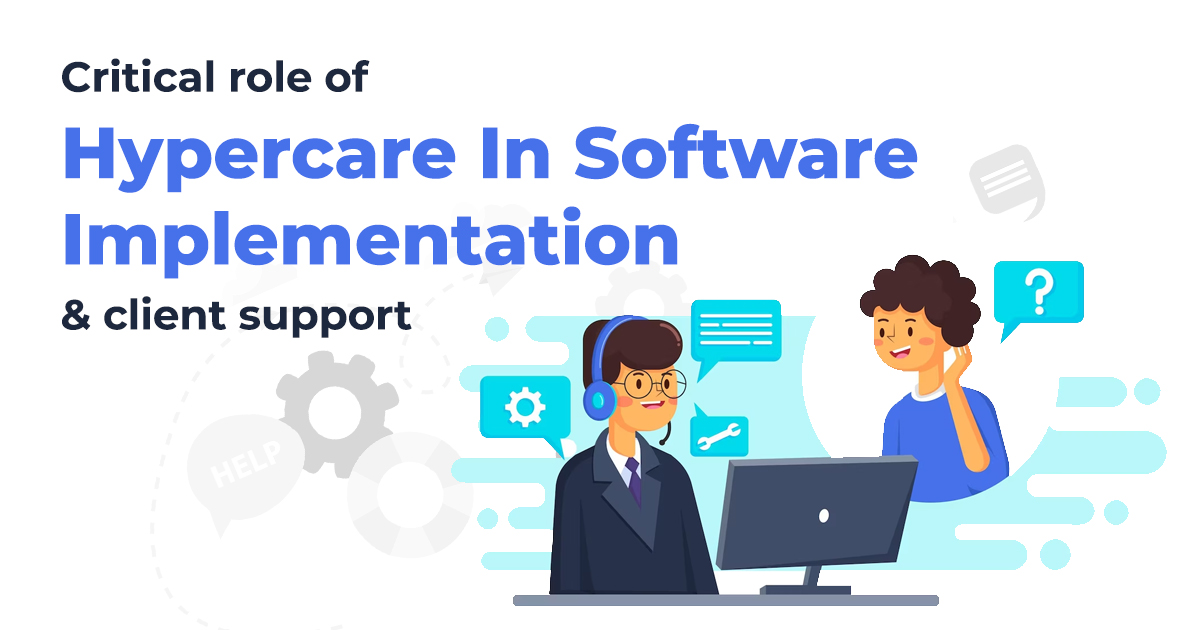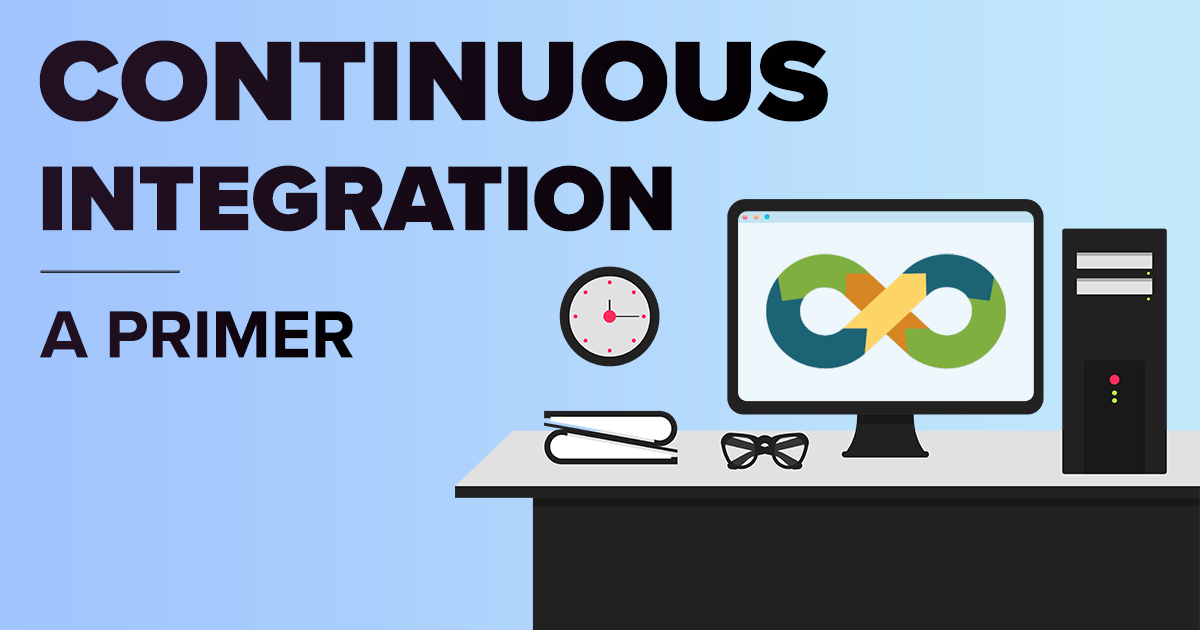Understanding Application Programming Interfaces (APIs).
May 4, 2021 4:42 pm | by Sarvika Technologies | Posted in Tech
APIs. REST API. Partner APIs. JSON; the list of API-related technical jargon goes on. For a newbie in the tech world, all these terms can look a little daunting. If you are overwhelmed by the explosion of API information, then I am here to guide you through. First, let us start with some basics.
What is an API?
Simply put, API or Application Programming Interface helps machines talk to each other. Human beings use words, hand gestures, etc. to communicate; similarly, data, applications, and devices rely on API codes to communicate and exchange data.
The easiest way to understand an API is through the widely used example of dining at a restaurant. The guests place their order with the waiter, who takes it to the kitchen and brings the food items ordered by the customer. Here, the API code (waiter) takes the request from the application (guest), brings it to the webserver and database (kitchen), and comes back with the response (food).
Another real life example can be of booking a cab. You open the application, enter location, and the date (if booking in advance) and time. Based on this information, the application provides you with different available cab details, price, cab type like luxury, sedan or hatchback, etc. This entire process of communicating with the cab company’s database via application is possible through APIs.
Different types of APIs
The APIs are categorized in two broad ways: accessibility and architecture style.
Based on accessibility.
- Private API: Also known as Internal API, these are for restricted use by one company or organization and are not available to external companies or organizations.
- Public API: These APIs are available for public use where the intent is to attract consumers for mass use. It is also known as an external or open API and the common examples are Facebook API, Google Maps API, etc.
- Partner API: These are APIs that are shared between partner organizations, and are usually guided by a contractual agreement.
Based on architecture style.
- SOAP API: The Simple Object Access Protocol (SOAP) API uses an XML-based messaging protocol having elements like envelope, header, and body tags. This API is slow as compared to other APIs but is more structured and formalized, hence reliable and trusted.
- REST API: The Representational State Transfer (REST) API depends upon guiding principles like stateless operations, client-server structure, simple and uniform interfaces to communicate across systems.
- GraphQL API: It was first commissioned by Facebook for its internal use and was released in 2015 as an open-source language for APIs. The attractive feature of GraphQL is its ability to ask for a specific piece of information and not relying on the server’s definition of the endpoint. It is also known as Graph Query Language API.
- Webhooks: It is an event-based API. An automated message is sent from one system to another when the event occurs and triggers the system.
Apart from the above, there are other architecture-based APIs like WebSocket API, MQTT API, AMQP API, gRPC API, etc. But the above-discussed ones are the most used in today’s time.
Benefits of APIs in business
- Speeding up development: Using APIs, developers can deliver functionalities as microservices instead of chunky monolithic applications. Microservices allow devs to eliminate dependencies and help in speeding up the development process. The APIs also allow the frontend and backend developers to work simultaneously without impacting the customer experience.
- Flawless integration: The list of benefits will be incomplete without including the reason that made APIs so popular – allowing system integration. For example, you can integrate the CRM and the Marketing Automation system to automatically send a marketing email when a lead is entered by the sales representative into the system.
- Making mobile applications helpful: All the mobile applications, whether on Android or iOS, use APIs to fetch and deliver information for the end-users. For example, Google Maps API allows food delivery apps to provide users with details of the delivery personnel.
- Enhancing and adding functionalities: Developers use APIs to provide more functionalities in internal and external systems and improve the customer’s experience.
- Reducing development costs: Allowing the developers to create reusable components, reducing the architectural complexity, making it easy to introduce changes in the system, etc., are some ways APIs help reduce software development costs for the organization.
Common challenges faced in producing APIs
- Lack of skilled personnel: Building flawless APIs is not an easy task and calls for broader technical knowledge and staying in touch with the latest API building trends. Such technically sound developers are tough to come across and even more difficult to hire.
- Diversity in systems: Multiple API integrations are complex due to the time and expertise needed to learn about each system. Further, the wide variety of software and API architectural styles available make the task more complicated.
- Lack of time and money: Producing API is both a time and money-consuming effort. Resources to acquire staff, train the team, buy tools and technologies, etc., are spent as per the API job and use.
Five ways APIs & businesses are inextricably linked
- Modern users are demanding an omnichannel experience that is social and personal. And purpose-built APIs are helping organizations deliver highly personalized experiences, which is possible via micro applications.
- API instrumentation and associated business analytics help organizations get access to information already present in their business operating system. This capability allows them to learn fast and scale easily, hence gaining a competitive edge.
- Organizations today are making APIs a part of their end-to-end business design. Right from core products to social media and customer support channels, APIs are helping them deliver unparalleled customer experience.
- Just like organizations study the market before creating and launching any software product, thinking of APIs as business products help in differentiating between a usual software-delivery approach and an API-focused approach.
- Accountability and responsibility is the key for an API to reap the benefits. The organizations must appoint one individual as the business owner of one API. Hence, multiple APIs will have multiple business owners who will be responsible for their development.
Over to you
The API world is vast, and it is practically impossible to include all the topics in one article. If you liked reading the article and would like to know more about APIs, then write to us highlighting the problem you want me to discuss.
Written by Sarvika Technologies
Sarvika Tech is a team of young, energetic, and technology-loving people on the journey to help companies achieve their goals by supporting their IT needs. In a nutshell, we are a people’s company where the priority is their knowledge enhancement and career development. We believe that focusing on our most important asset, the team, will enable us to push boundaries and deliver ingenious IT solutions.




